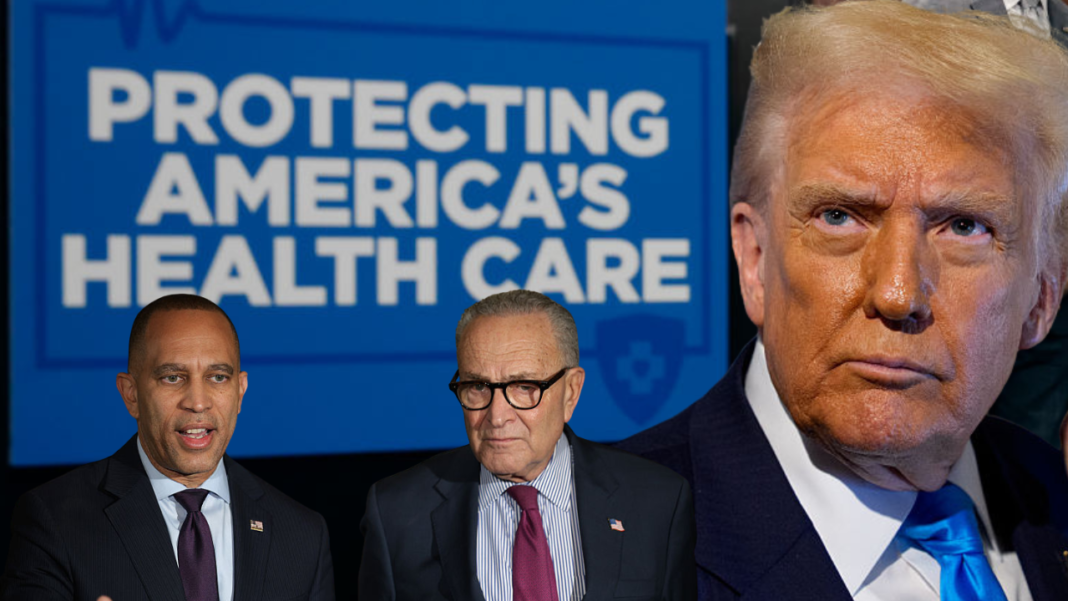For many Americans, the end of the year often brings heightened concerns about health care costs, particularly regarding private health insurance premiums purchased through the Obamacare marketplace. Recently, enrollees have begun receiving notifications indicating a substantial increase in premiums for the upcoming year. This trend mirrors the dynamics of the current political landscape affecting health care policy.
As part of this ongoing saga, the Trump administration had previously previewed updated health plans under the Affordable Care Act (ACA), legislation that was a hallmark of President Barack Obama’s tenure in office. It’s noteworthy that the implications of these new plans are now becoming apparent, and for many, the financial burden is steep.
According to a recent analysis from the health policy nonprofit KFF, the average premium increase for those enrolled in the ACA is projected at around 30% in federal marketplace states, with a slightly lower increase of 17% in states that run their own marketplaces. These figures pose a significant challenge for families and individuals relying on private health insurance.
It’s important to highlight that these estimates do not account for the federal subsidies and tax credits that many Americans have depended on since the COVID-19 pandemic struck. Currently, these financial aids are embroiled in the political turmoil tied to the ongoing government shutdown, with significant implications for a substantial number of enrollees. Democratic lawmakers are pushing for the restoration of cuts to health care funding, as well as the permanence of pandemic-era tax credits, underlining the pressing nature of health care affordability.
As of now, negotiations remain stagnant, with the White House and Republican lawmakers failing to reach a compromise after the shutdown extended into its 28th day. If the tax credits are not renewed by year’s end, KFF estimates that many individuals could see their monthly premium expenses skyrocket by an average of 114%, leaving many families at risk of significant financial distress.
The Affordable Care Act, often acknowledged for increasing health insurance coverage among Black Americans disproportionately impacted by the uninsured rates, has undeniably played a vital role in American health care. Despite this progress, stark disparities in coverage still exist, and affordability remains a central issue. Originally, the ACA aimed to alleviate these concerns; however, recent developments reveal that many middle-class families still struggle to afford essential health services.
While President Donald Trump relentlessly sought to dismantle the ACA during his administration, labeling it a failure, Republicans have repeatedly struggled to propose an alternative that is widely accepted. Experts agree that while the ACA has its flaws, it has unquestionably expanded access to health insurance for millions of Americans.
In recent comments aboard Air Force One, Trump expressed hopes for bipartisan cooperation to reform health care. He suggested that the current system, which he characterized as a “disaster,” would benefit from collaborative efforts to develop a more workable solution than the ACA. “We have to fix health care,” he stated, advocating for a system where insurance companies can profit but not at the expense of consumer affordability.



